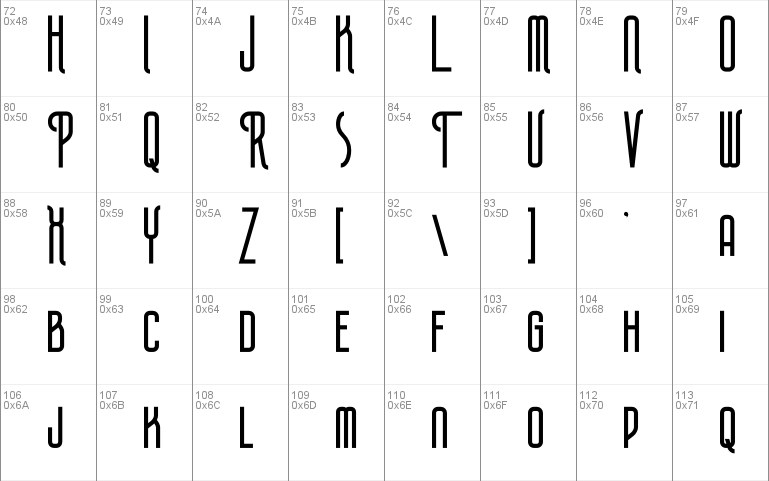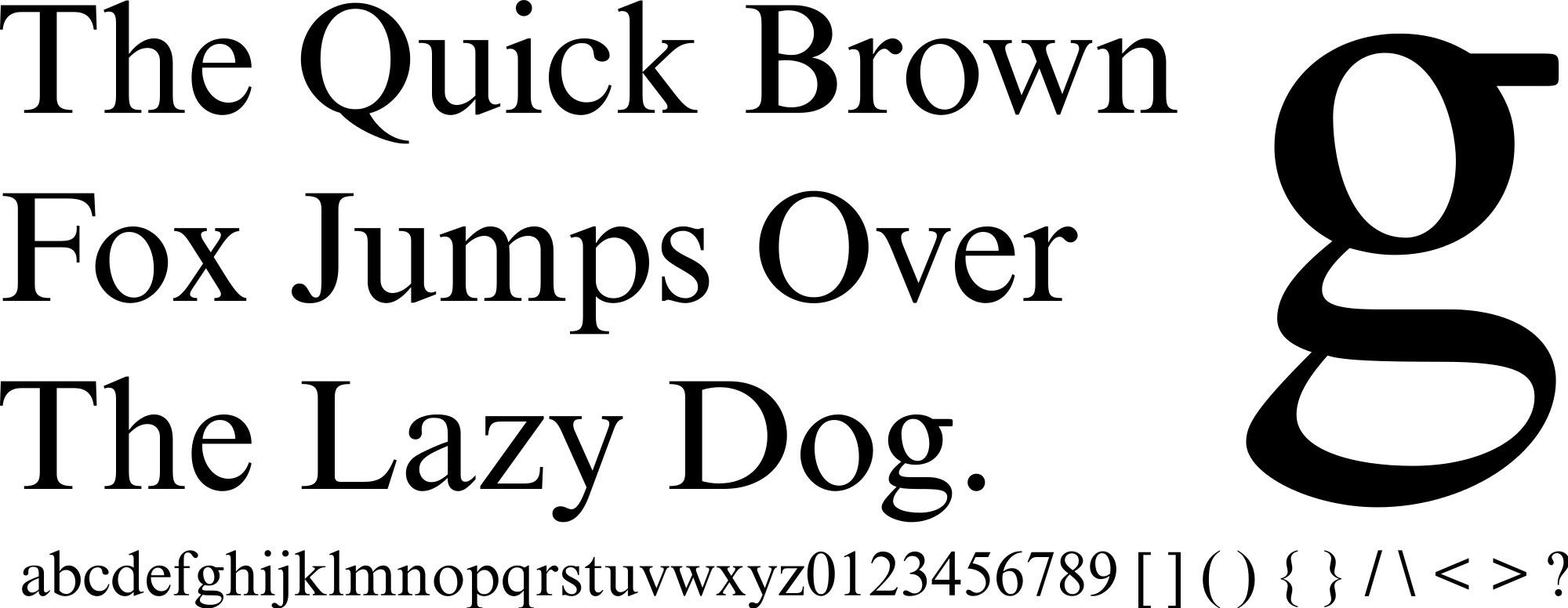

The experience system is definitely not the only complex system within the game. This final pool can then be used to ‘cultivate’, over time, any skills or abilities you’ve acquired. These pools are then converted over time into another pool. The general gist of the system is that the experience you gain from actions you choose to do in the world are put into pools. The experience and levelling system in Age of Wushu is a much more complicated affair and for the sake of this article, I won’t be going into it detail.

That is not to say that the combat system lacks a sense of action, as it definitely doesn’t however, the frequency of combat in this game is on the low-side.

If you’re looking for a game with non-stop action - as seems to be the trend in MMOs lately - then you’ll be underwhelmed with Age of Wushu. Little did I know the actual degree of patience required to truly experience and appreciate what it had to offer. Bored, and with nothing currently scratching my MMO itch, I decided to try to garner some patience and give the game a chance. The UI was also a nightmare to navigate, and as a result the entire game, including the tutorials, were a nightmare to navigate as well. All these vague and confusing phrases were thrown around like ‘experience cultivation’ and ‘sandbox MMO’, which naturally I took to mean ‘boring and time-consuming’. Initially, I was of the mindset that Age of Wushu was just ‘one of those hardcore MMOs from Asia’. If you’re in North America, you’ll be playing – for better or worse – Age of Wushu.

Originally titled Nine Scrolls Manual (or Nine Scrolls True Classic) at its birth, the game has since been re-titled to Age of Wulin, Age of Wushu, Age of Kung Fu, and Legends of Kung Fu, respective of country of release. Age of Wushu has the potential to confuse anyone from the start, with its plethora of versions, regions and names.


 0 kommentar(er)
0 kommentar(er)
